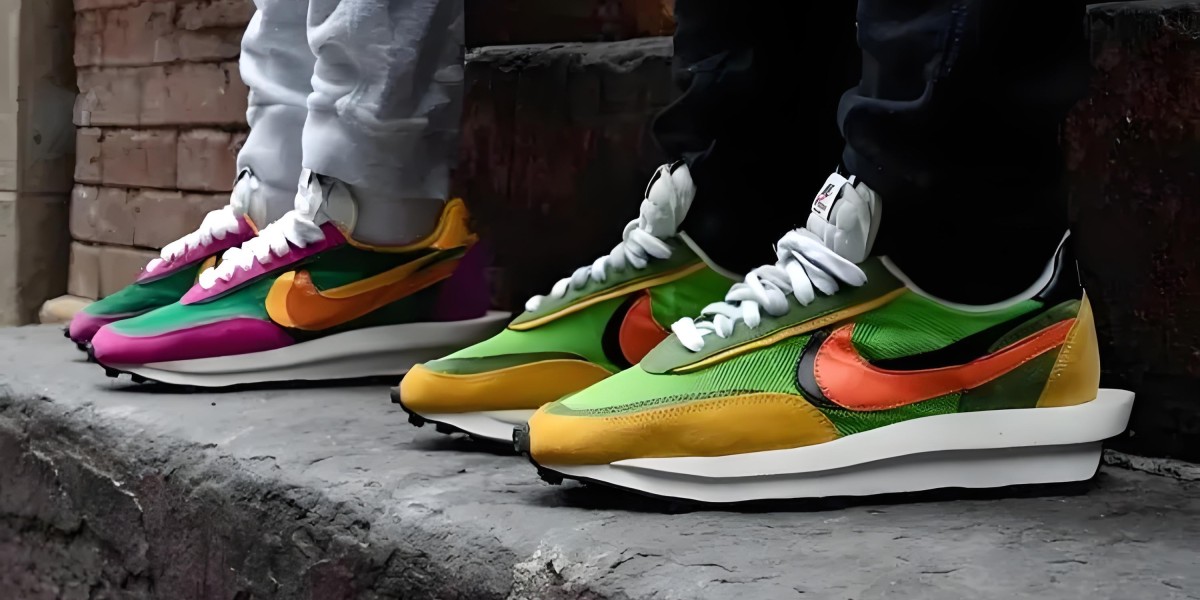The demand for sustainable and eco-friendly materials has surged in recent years as consumers become more environmentally conscious. Among these materials, hemp sustainable fabric has gained significant attention due to its numerous benefits. In this article, we will explore the advantages, production processes, and applications of hemp fabric, positioning it as a superior choice for environmentally responsible consumers and businesses alike.
What is Hemp Sustainable Fabric?
Hemp fabric is derived from the fibers of the hemp plant, Cannabis sativa. Renowned for its durability and versatility, hemp has been utilized for centuries in various applications, including textiles, paper, and construction materials. Sustainable hemp fabric is produced using eco-friendly practices, which minimize environmental impact and promote responsible resource management.
The Advantages of Hemp Fabric
- Eco-Friendly and Sustainable
Hemp is one of the most sustainable crops available. It requires minimal water, no pesticides, and grows quickly, maturing in just 90 to 120 days. The deep root system of hemp plants helps improve soil health and prevents erosion, making it an excellent choice for regenerative agriculture. - Biodegradable and Compostable
Unlike synthetic fabrics that can take hundreds of years to decompose, hemp fabric is completely biodegradable. This means that, when disposed of properly, hemp textiles will naturally break down and return to the earth without causing pollution. - Durability and Longevity
Hemp fabric is known for its strength and durability. It is resistant to mold, mildew, and UV light, making it an ideal choice for outdoor applications. Additionally, hemp textiles become softer with each wash, ensuring that they remain comfortable over time while retaining their integrity. - Natural Insulation Properties
Hemp fibers provide excellent thermal insulation, helping to regulate body temperature in various climates. This property makes hemp fabric suitable for clothing and bedding, promoting comfort and coziness without relying on synthetic materials. - Hypoallergenic and Breathable
Hemp is naturally hypoallergenic, making it an excellent choice for individuals with sensitive skin or allergies. The breathable nature of hemp fabric allows for proper air circulation, preventing moisture buildup and promoting a healthier wearing experience.
The Production Process of Hemp Sustainable Fabric
The production of hemp fabric involves several steps, each designed to ensure that the final product is eco-friendly and sustainable.
Cultivation
Hemp is typically grown in well-drained soil with ample sunlight. The cultivation process requires minimal intervention, as hemp plants are naturally pest-resistant and thrive without the use of harmful chemicals. This aspect of hemp farming not only benefits the environment but also supports the health of farmers and surrounding ecosystems.
Harvesting
Once the hemp plants reach maturity, they are harvested by cutting the stalks close to the ground. The timing of the harvest is crucial; if done too late, the fibers can become woody, while harvesting too early may yield lower fiber quality.
Retting
After harvesting, the hemp stalks undergo a process called retting, which involves soaking the plants in water or exposing them to moisture. This process breaks down the pectin that binds the fibers to the woody core, making it easier to separate the fibers for further processing.
Decortication
Decortication is the mechanical separation of hemp fibers from the core. This step can be achieved using various methods, including mechanical decorticators or traditional hand-processing techniques. The resulting fibers are then cleaned and sorted based on their length and quality.
Spinning and Weaving
The cleaned hemp fibers are spun into yarn, which can be woven or knitted to create fabric. Various weaving patterns and techniques can be employed to produce different textures and styles, allowing for a diverse range of hemp textile products.
Finishing
Once the fabric is woven, it may undergo additional finishing processes, such as dyeing or treatment with natural softeners. It is essential to use eco-friendly dyes and finishes to maintain the sustainability of the fabric.
Applications of Hemp Sustainable Fabric
Hemp sustainable fabric can be utilized in a wide variety of applications, showcasing its versatility and eco-friendliness.
Clothing
Hemp is increasingly popular in the fashion industry, with designers and brands recognizing its benefits. Clothing made from hemp fabric is durable, comfortable, and stylish, making it an excellent choice for sustainable fashion enthusiasts.
Home Textiles
Hemp fabric can be used to create various home textiles, including curtains, bedding, and upholstery. Its natural insulation properties contribute to energy efficiency in homes, while its breathable nature promotes a healthier indoor environment.
Accessories
From bags to shoes, hemp fabric is an attractive option for eco-conscious consumers looking for stylish accessories. The strength and durability of hemp make it ideal for products that require longevity and resistance to wear.
Industrial Uses
Beyond fashion and home textiles, hemp fabric has industrial applications, such as in automotive interiors, composite materials, and insulation. Its durability and eco-friendliness make it an appealing alternative to traditional materials.
The Future of Hemp Sustainable Fabric
As awareness of environmental issues continues to grow, the demand for sustainable materials like hemp fabric is expected to increase. Advancements in technology and production processes will further enhance the efficiency and accessibility of hemp textiles, allowing more consumers and businesses to embrace eco-friendly practices.
The rise of hemp sustainable fabric represents a significant shift towards environmentally responsible consumption and production. By choosing hemp textiles, we can support sustainable agriculture, reduce our carbon footprint, and contribute to a healthier planet.
Conclusion
Hemp sustainable fabric stands out as a leading choice for eco-conscious consumers and businesses alike. Its numerous benefits, including durability, biodegradability, and versatility, position it as a superior alternative to conventional textiles. As we continue to navigate the challenges of sustainability, embracing hemp fabric represents a step toward a more responsible and environmentally friendly future. With companies like Ethical Elements paving the way, the potential for hemp textiles to transform industries and promote sustainability is immense.








